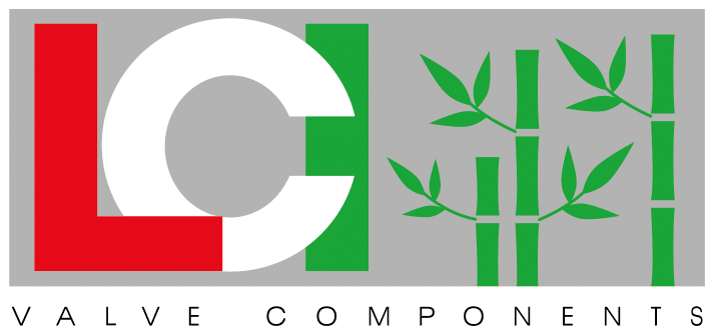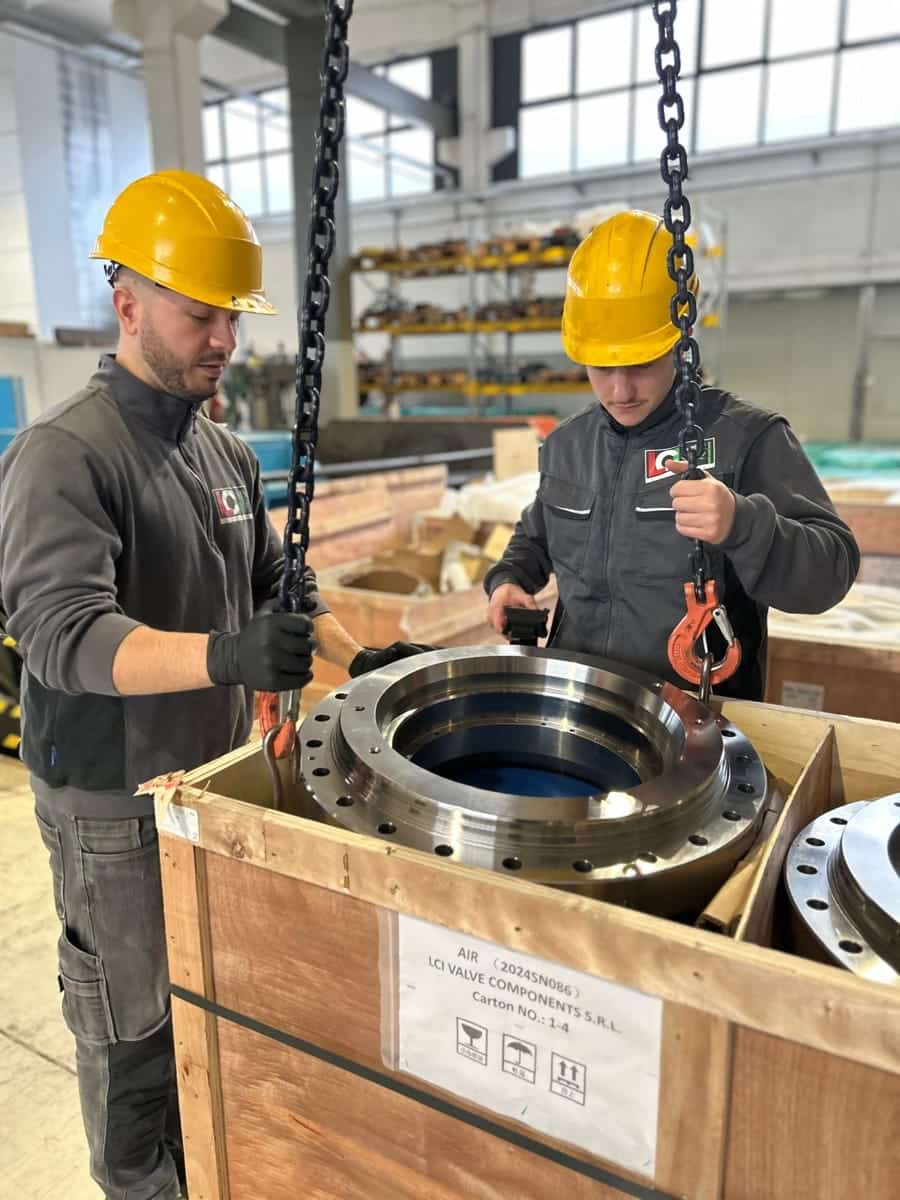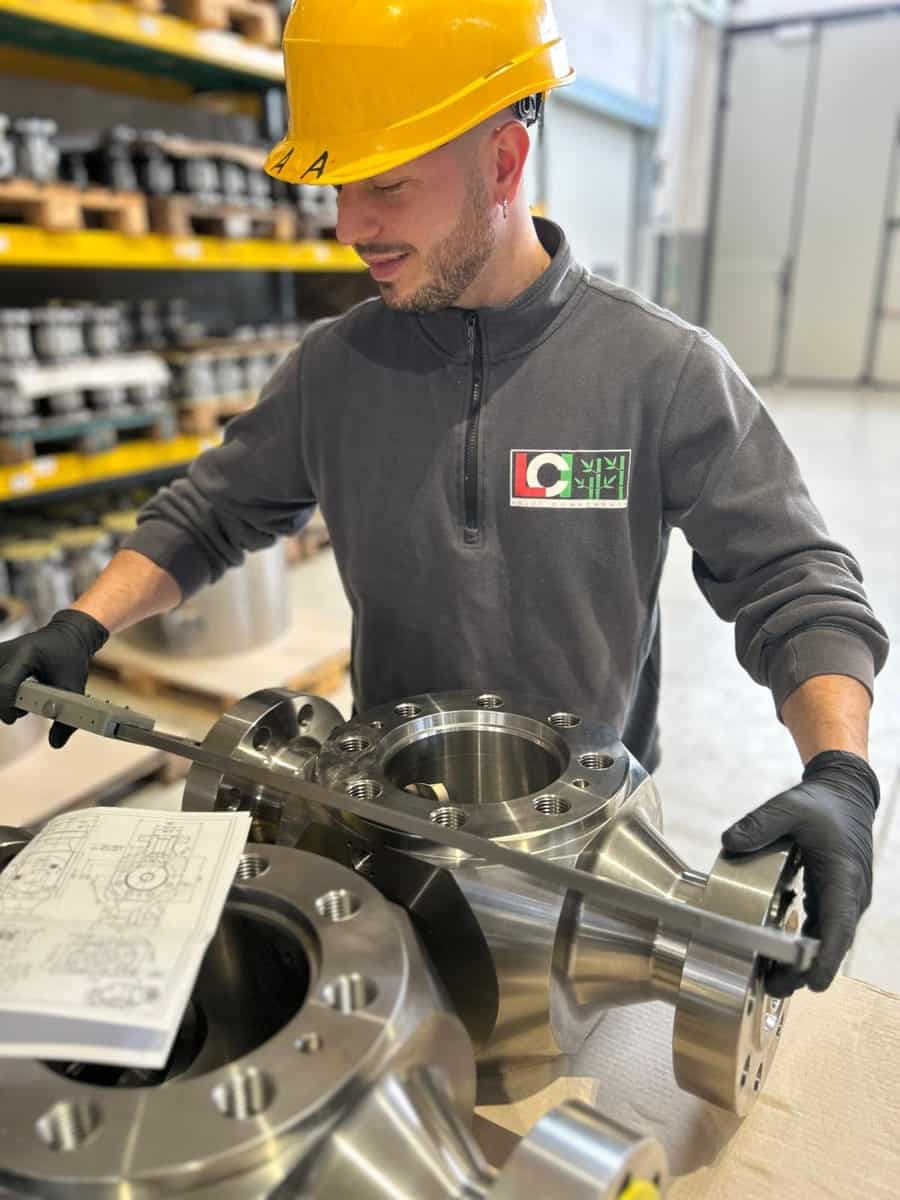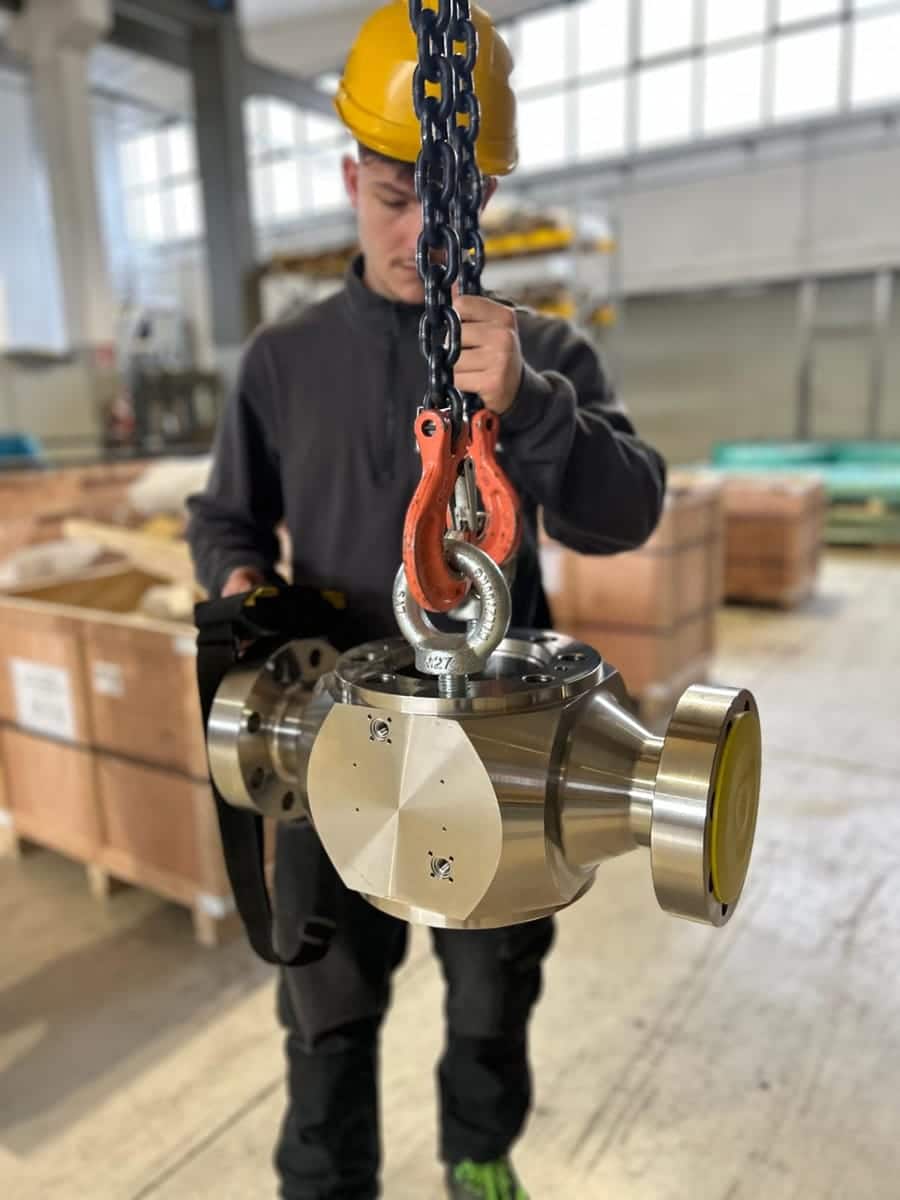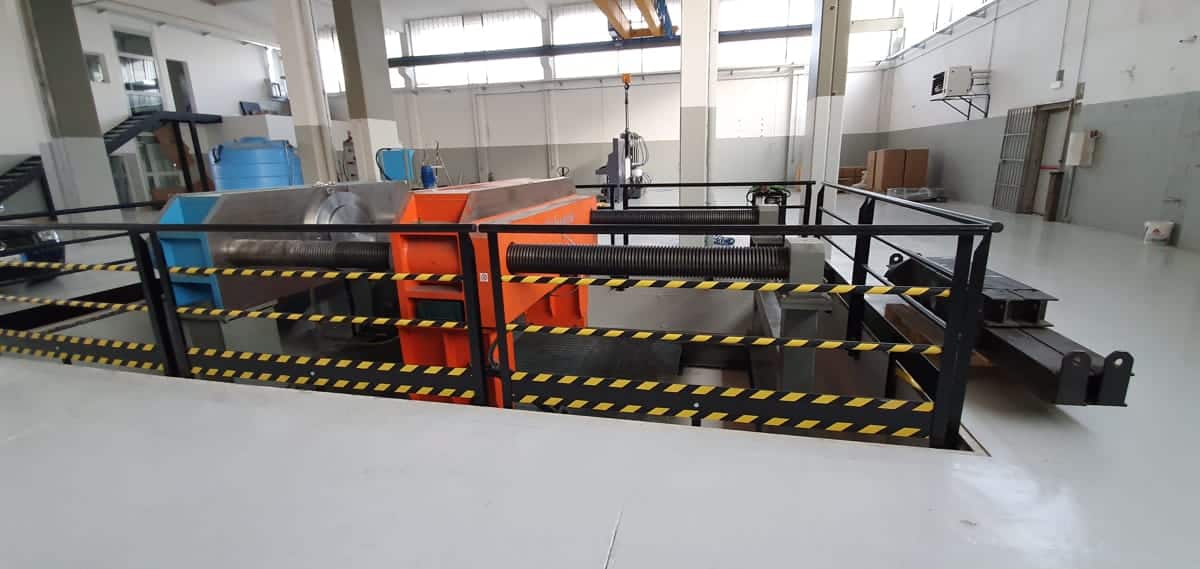QUALITY
✅ POSITIVE MATERIAL IDENDIFICATION (PMI): Austenitic, Duplex & Superduplex, Nickel alloy, Low Carbon salloy, etc.
✅ NDE: Dye penetrant, Magnetic particle, Visual inspection UNI EN ISO 9712:2022
✅ SPECIAL TEST: with ISO 17025, ILCA Laboroty (eg. Micr-Macrographic, Corrosion, Mechanical test, etc.)
✅ PRESSURE TESTS (Hydraulic Pressure Test, Low Pressure Gas test, Hgh Pressure Gas test, Functional Test)
✅ QUALIFICATION PRODUCT TESTS (HP GAS TEST, FUGITIVE EMISSION TEST, FIRE SAFE TEST)
